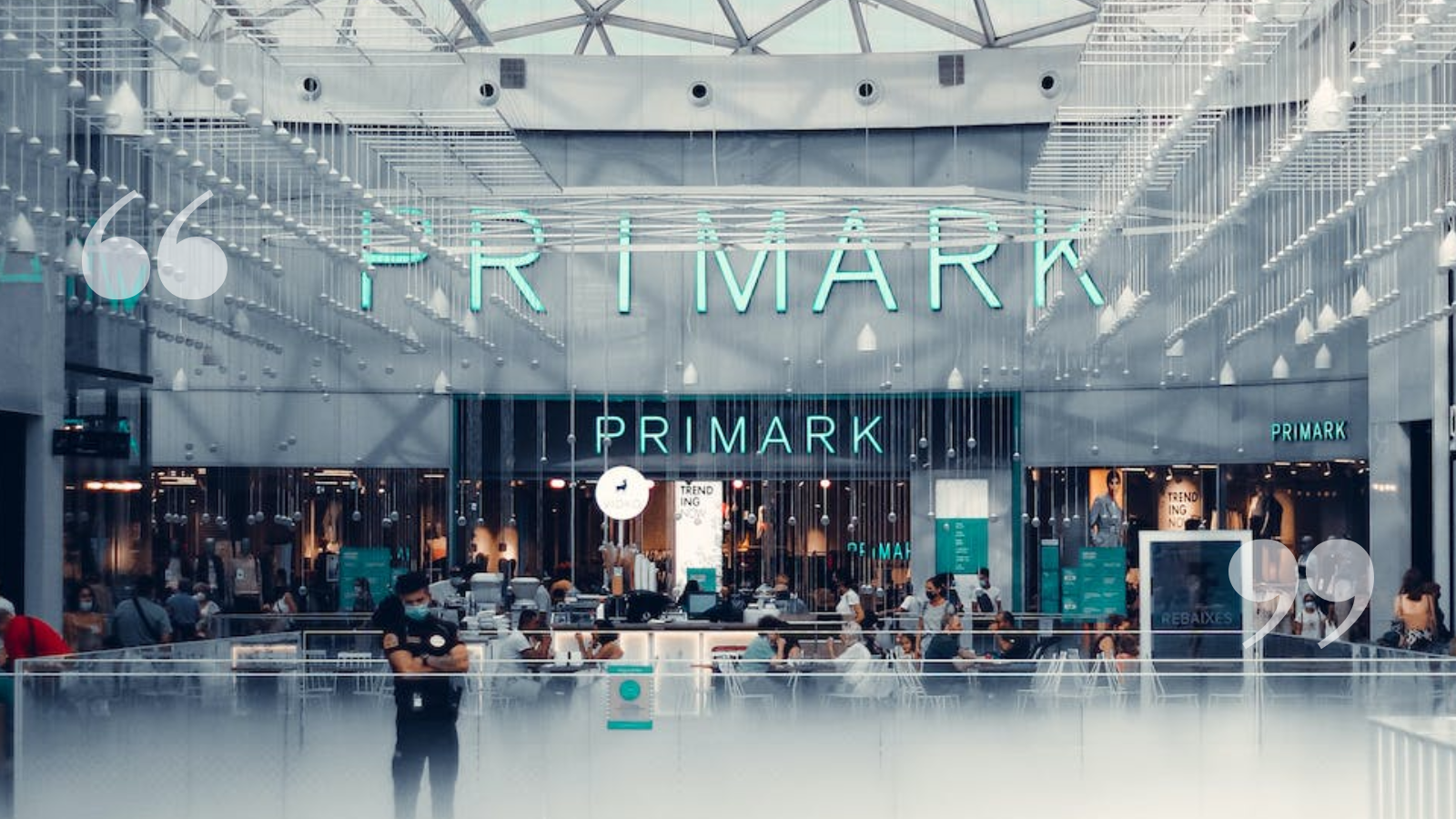
By Dr Sarah Montano
Birmingham Business School
What unites Primark, second hand selling and clothes rental as key trends? One key factor is convenience […] Also, there is the joy of discovery
Having just survived the pandemic and hoping for brighter times ahead, retail is once again facing a challenging and difficult time.
Over the last few weeks we have seen Made.com and Joules go into administration, putting 1000s of jobs at risk. In the case of Joules, threatening our physical high streets and leaving more empty shops. However, at the same time, Primark launched their click and collect service in selected stores, and their website crashed due to excessive demand. Given the juxtaposition of retail success and failure, what are customers looking for?
Firstly, retailers are also severely affected by the cost-of-living crisis. From increases in fuel, transport, and supply chain costs to the increases in heating their stores, many retailers will need to raise their prices and pass on such costs to their customers. Although, Primark have said that they will postpone their price increases. Secondly, as customers are facing the cost-of-living crisis they seek to look for cheaper products. One trend we see, is that customers may “trade down” brands. We see this more in food retail, where customers who for example, used to buy Heinz ketchup, will trade down to a supermarket’s own brand but this may happen in fashion, where customers once bought at Joules, they will now buy at Primark. Primark will remain popular for the foreseeable future, as customers seek products at a good price.
However, we should not just focus on the cost of living as a driving force of retail change, we should look at the trends around sustainability.
Second hand shopping has become a much more popular way to shop, with second hand shops seeing a record 27.2% increase in sales in 2021. Of course, clothes bought in charity shops tend to be cheaper than in stores, however, the concern here is also around the planet. So, customers get goods at a lower price, it saves goods from landfill and the charity benefits from the purchase. There are also apps and websites that make second hand shopping much easier, apps such as Vinted have become very popular with customers who gain by selling their clothing and buying from others. Thrift+ is a website which makes selling even easier by photographing and then selling a customer’s clothes for them. Clothing rental is an increasing trend with brands such as MywardrobeHQ and HURR Collective becoming a popular choice with customers. Even M&S are working with Hirestreet and John Lewis have joined this trend. This trend allows customers the joy of fast fashion without the landfill consequences.
What unites Primark, second hand selling and clothes rental as key trends? One key factor is convenience – click and collect at Primark or Thrift+, who sell your clothes for you, are easy to use and save consumers from any hassle. Also, there is the joy of discovery – browsing online, seeing what is new this week in Primark or coming across a bargain in the charity shop is entertaining and fun. Finally, appealing to customer’s values – shopping at your chosen charity store or renting clothes, and thus being sustainable appeals to the customer’s own values.
We can conclude that the way to be successful in this difficult climate, is to make life convenient and easy for your customer, appeal to their values and offer a bit of joy!
- More about Dr Sarah Montano at the University of Birmingham
- More about Birmingham Business School
- Back to Business School Blog
The views and opinions expressed in this article are those of the author and do not necessarily reflect the official policy or position of the University of Birmingham.
